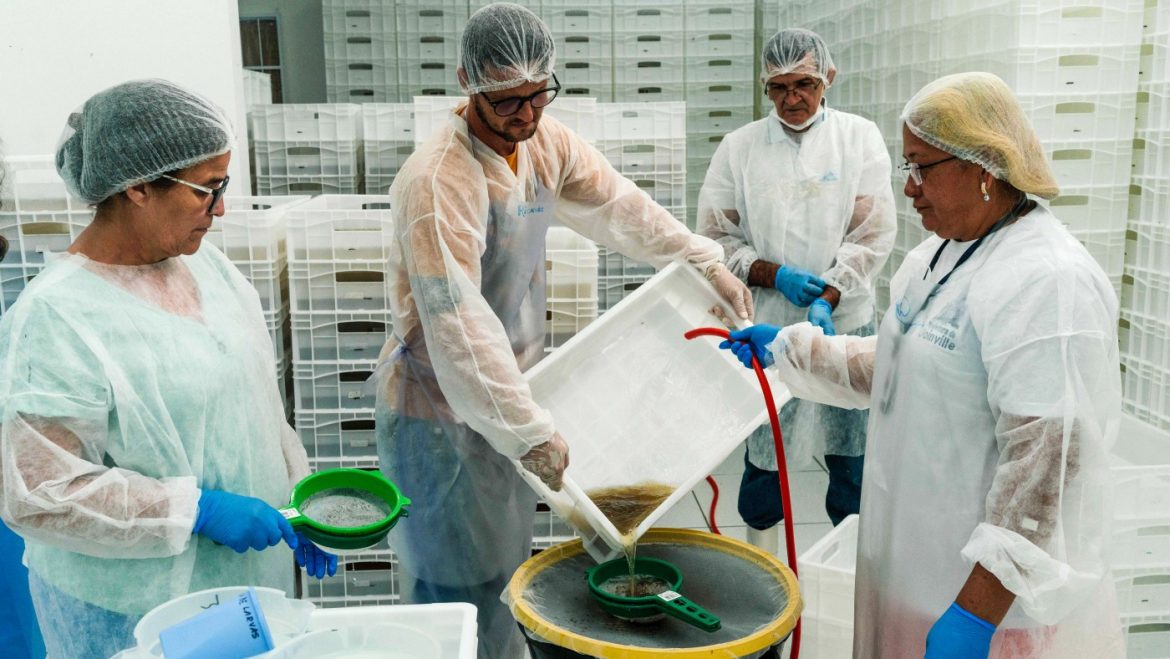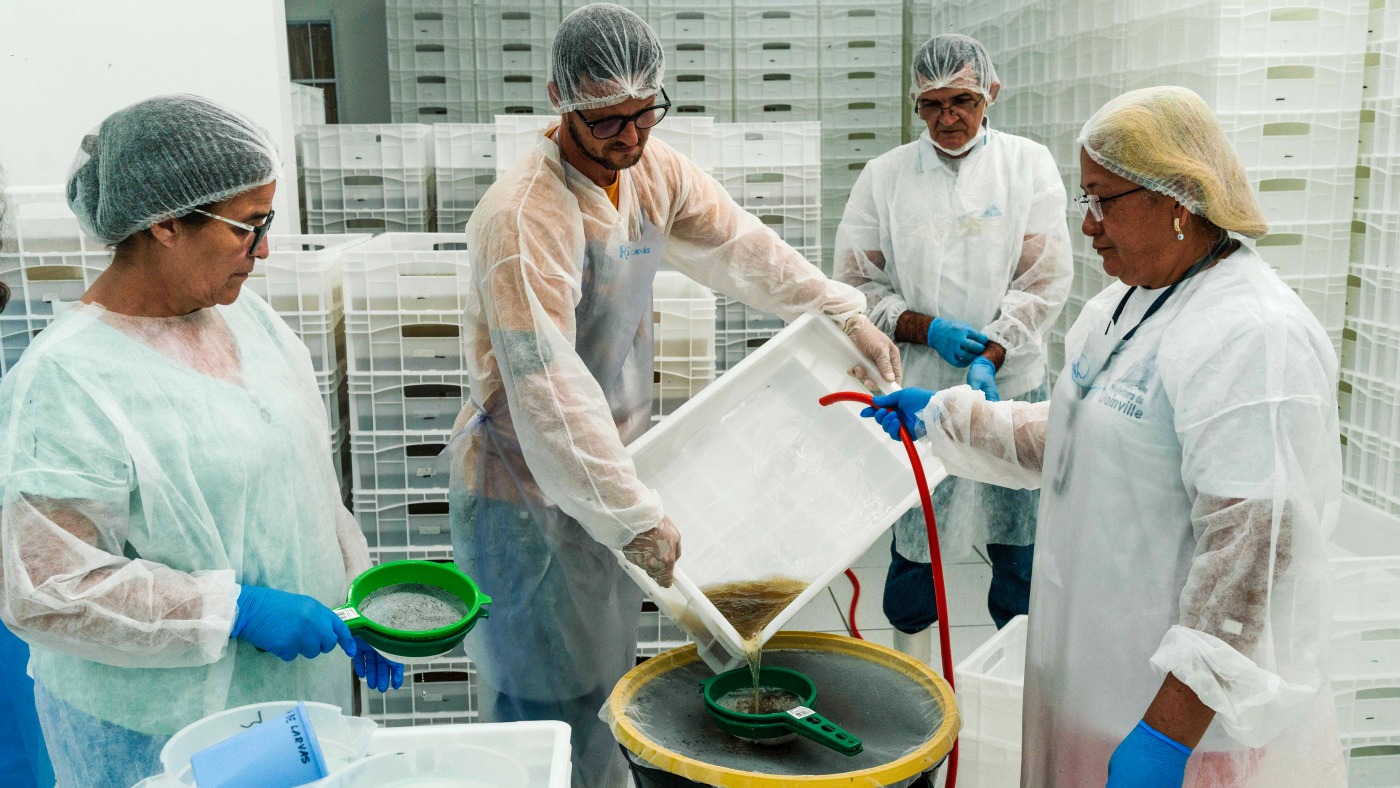Brazil’s Innovative Approach to Dengue Fever: The Wolbachia Solution
The Dengue Challenge in Brazil
Dengue fever remains one of Brazil’s most pressing public health concerns. This mosquito-borne viral infection causes severe flu-like symptoms, including high fever, debilitating joint and muscle pain, and in extreme cases, life-threatening complications. The Aedes aegypti mosquito, which thrives in Brazil’s tropical climate, is the primary carrier of the dengue virus. Traditional control methods like insecticide spraying and eliminating standing water have proven insufficient, prompting Brazil to explore groundbreaking solutions.
Wolbachia: A Natural Solution
At the heart of Brazil’s strategy is Wolbachia, a naturally occurring bacterium that disrupts the transmission of mosquito-borne viruses. When introduced into Aedes aegypti mosquitoes, Wolbachia prevents the replication of viruses like dengue, Zika, and chikungunya, effectively blocking transmission to humans. This innovative approach, pioneered by the World Mosquito Program (WMP), offers a sustainable, long-term solution to mosquito-borne diseases.
The process involves injecting Wolbachia into mosquito eggs in controlled laboratory settings. Once hatched, these mosquitoes carry the bacterium and pass it to their offspring, gradually replacing wild mosquito populations with Wolbachia-infected ones. This method ensures that the solution is self-sustaining, requiring minimal ongoing intervention.
Scaling Up: Brazil’s Mosquito Biofactory
To implement this solution on a large scale, Brazil has established the world’s largest mosquito biofactory, operated by Wolbito do Brasil. This state-of-the-art facility produces millions of Wolbachia-infected mosquitoes, which are then released into targeted areas. The biofactory’s operations are meticulously managed, ensuring optimal conditions for mosquito development and quality control.
Workers carefully transfer mosquito larvae to clean water, monitoring their growth and health. Once mature, these mosquitoes are released into the environment by specialized teams driving white Chevys equipped with release tubes. The sight of these “good mosquito” release teams has become a symbol of Brazil’s proactive approach to combating dengue.
Implementation Across Brazilian Cities
The Wolbachia method has been successfully implemented in several Brazilian cities, including Rio de Janeiro and Niterói. Niterói, which has suffered severe outbreaks of dengue, chikungunya, and Zika, has seen promising results from the program. As of mid-2025, eleven Brazilian cities are actively participating, with plans for further expansion.
The rollout of this program requires significant resources, including human labor, infrastructure, and collaboration between the WMP, government entities, and the Oswaldo Cruz Foundation. Community involvement is also crucial, with volunteers playing a key role in the success of the initiative.
Evaluating Efficacy and Economic Viability
While the Wolbachia method shows great promise, questions remain about its long-term effectiveness and economic sustainability. Early results are encouraging, but the method’s success may vary depending on local environmental conditions and mosquito population dynamics. Additionally, scaling up the program to cover all of Brazil is a massive undertaking, with significant costs associated with breeding and releasing billions of mosquitoes.
A thorough cost-benefit analysis is necessary to determine whether this approach is economically viable in the long run. It is also important to consider whether the cost of releasing billions of mosquitoes is less expensive than the cost of treating those infected with dengue.
An Integrated Approach to Dengue Control
The Wolbachia method is not a standalone solution. It is most effective when combined with other mosquito control and disease prevention strategies. Traditional methods, such as eliminating mosquito breeding sites and using environmentally friendly insecticides, should continue to complement the Wolbachia approach.
Community engagement is also essential. Educating the public about dengue prevention and encouraging community participation in mosquito control efforts can enhance the program’s effectiveness. Surveillance and monitoring of dengue cases and mosquito populations are crucial for tracking the program’s success and identifying areas where additional interventions are needed.
Vaccination is another important layer of protection. The development and widespread use of dengue vaccines can further reduce the burden of the disease.
The Future of Dengue Control in Brazil
Brazil’s mosquito gambit represents a bold and innovative approach to tackling a persistent public health challenge. The Wolbachia method has the potential to significantly reduce the incidence of dengue fever and other mosquito-borne diseases. However, its long-term success depends on careful monitoring, adaptive management, and integration with other control strategies.
The world is watching Brazil’s experiment with great interest. If successful, this approach could be replicated in other dengue-endemic countries, offering hope for a future where these debilitating diseases are no longer a major threat to public health.
A Symbol of Hope
Brazil’s embrace of “good mosquitoes” is more than just a scientific endeavor; it is a testament to human ingenuity and resilience. The image of scientists releasing Wolbachia-infected mosquitoes into the air is a symbol of hope, a reminder that even the smallest creatures can play a role in improving human health and well-being. While challenges remain, Brazil’s mosquito gambit offers a glimmer of optimism in the ongoing fight against dengue fever.


